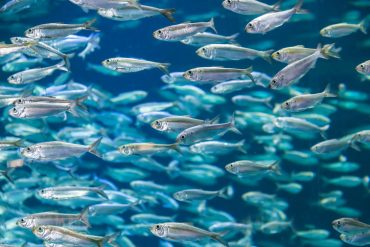

This is a topic which has become a weird one for people. Some people find invasive species to be a serious threat and worry about what they could do to the local flora and fauna. Others really don’t care about this topic or have just accepted it an resigned themselves to the fact that invasive species are here to stay.
Still, others even have an angry reaction at the deliverer of this news. A few years ago when reporting on so-called “murder hornets” we had some people comment that this type of news was just a scare tactic to get people riled up. We can assure you that we have no such intentions. We simply deliver the news and are not responsible for the nicknames given to the creatures.
The list of potential invasive species which may cause a problem in Florida in 2024 has been released by the University of Florida. There are no animals with the word “murder” in their name this year so people worried about such things can rest easy. This year’s list include both waterborne and land-dwelling creatures. There is one creature which stands out more than all others.
This is a monkey that feeds on crabs like its name suggests. They have made their way into the state via laboratories and possibly even through the exotic pet trade. The fear is that once they get loose they will reproduce in large numbers and we will never be able to get their population number back to zero. They carry disease which can be very harmful to indigenous animals. Learn more about this animal here
These crustaceans are already here. When spotted, authorities work to eradicate them. They devour the eggs of local creatures and out compete indigenous crayfish. This is what happened to the green anole lizard many years ago (pictured above). The green anole was an omnipresent force throughout Florida until the brown ones arrived via trading vessels. Now you will hardly see green anole lizards anymore. They are scarce. See the red shrimp crayfish here
This is a small herring fish which was purposely introduced into the Great Lakes as a feeder fish. They pose a problem there as they threaten the local trout population by feasting on their eggs. The worry is that they will make their way to Florida and devastate our own local fish populations in the same manner. Learn more about alewife here
Florida has a long history of invasive species because the climate is so habitable. Burmese python, green iguana and lionfish are the most recent additions to the list of invasive species which cause the most damage to the delicate eco-system. Some of these creatures are like the proverbial genie in that once they are loose they will never allow themselves to be contained again.
